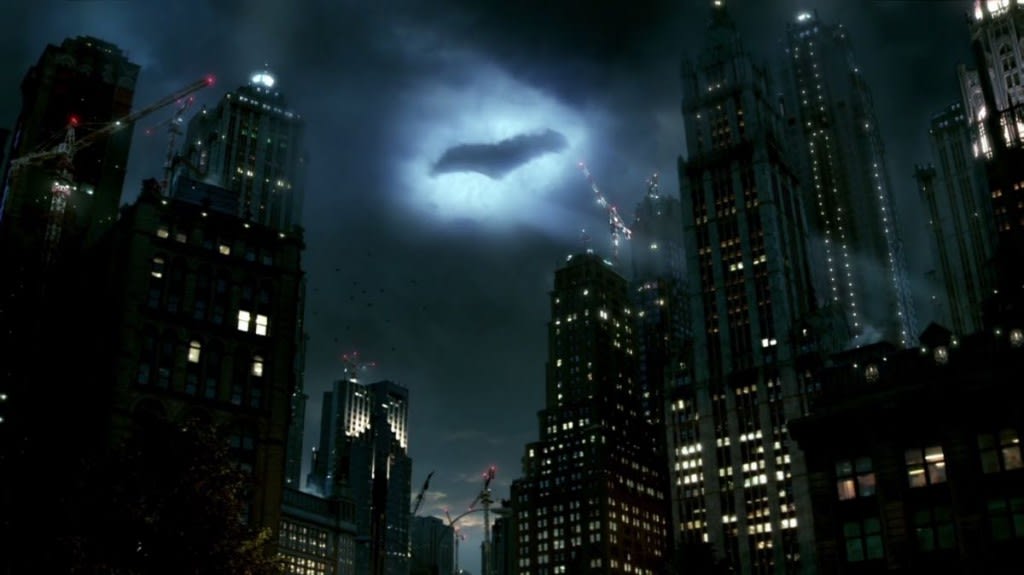
Our favorite billionaire playboy by day and caped crusading vigilante by night will always have a special place in our pop culture history for now and for years to come. It is a story of vengeance and moral ambiguity that most are protective of and willing to pounce at those who intend to change its origins. This is probably the root cause of all the issues that the new Ben Affleck solo Batman movie is having. It is a profoundly effective superhero genre with a cultural phenomenon following behind a multitude of interpretations and ideas that it becomes somewhat difficult to settle on just one.
Batman fights the crime-ridden streets to preserve the very quintessence of Gotham City. Where would Batman be without his city to lurk over in the shadows like a bat? Gotham was first introduced in the earlier 10 cent Batman comics in 1940. It was a city that was first used a character development tool to create Bruce Wayne and his rational logic for donning a mask and cape, roaming the city streets looking for trouble to put an end to. The city was mere minutiae in its inception, but Gotham City has always been a character in itself—one that was yearning for the same character development administered to Bruce Wayne/Batman and his villains.
Batman enthusiasts, or batologists, have devoured thousands of pages of every piece of paper that dare to print the name “Batman,” in the hopes of understanding where exactly the city may be located if it were to exist. Most reserve Gotham City in New Jersey, or at least near it in the Northeastern side of the United States. Some claim it to be an island off of New Jersey or New York, however, it is quite difficult to pinpoint where and how exactly the city came to fruition. Arguably, it is a city that is a combination of the some of the most popular cities in the world.
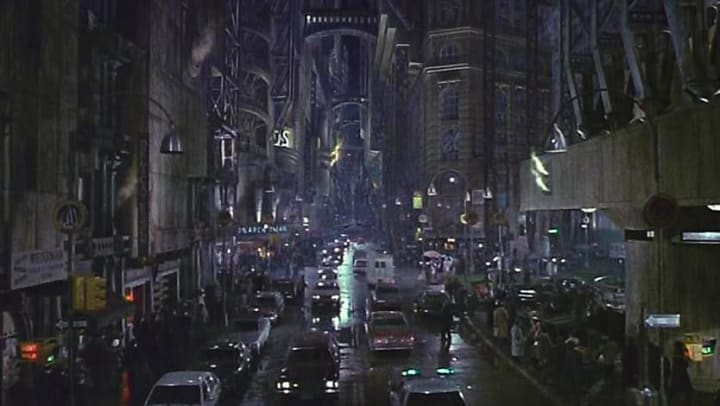
With every new crack at the Dark Knight from a variety of writers and illustrators, there have been slow progressions into what Gotham City may actually look like. Many of these city limit qualities can be attributed to specific aspects of real-life cities. The poverty level commonly seen in Detroit, the island-like isolation of Vancouver, the industrial advancement of Shanghai, or the ports of the San Francisco Bay area—these have all pumped the blood of components and trademarks of themselves into the veins of Gotham City’s creation.
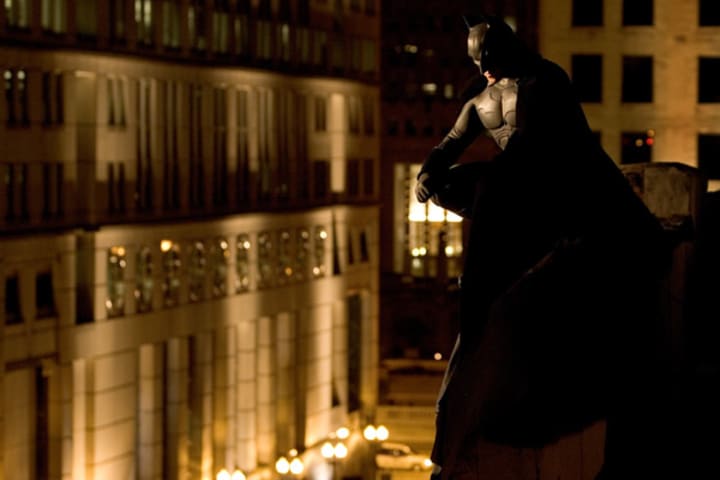
However, Gotham City’s grandfather roles really belong to New York City and Chicago. Each with their wunderkind architectural designs have paved the way for cities after it and poured out onto the pages of Batman comics with vibrant colors and a metaphorical, as well as physical, sense of concrete overwhelmingness.
I mostly think of the engineering work of two people. German architect Helmut Jahn who—born the same year as the comic book creation of Gotham City—can be traced as a contributing factor to the evolving construction of Gotham City over the last few decades. The James R. Thompson Center in Chicago, in particular, has an eminently vast structure that is filled to the brim with floors, stairs, bridges, balconies, and lookouts that can make anyone feel small.
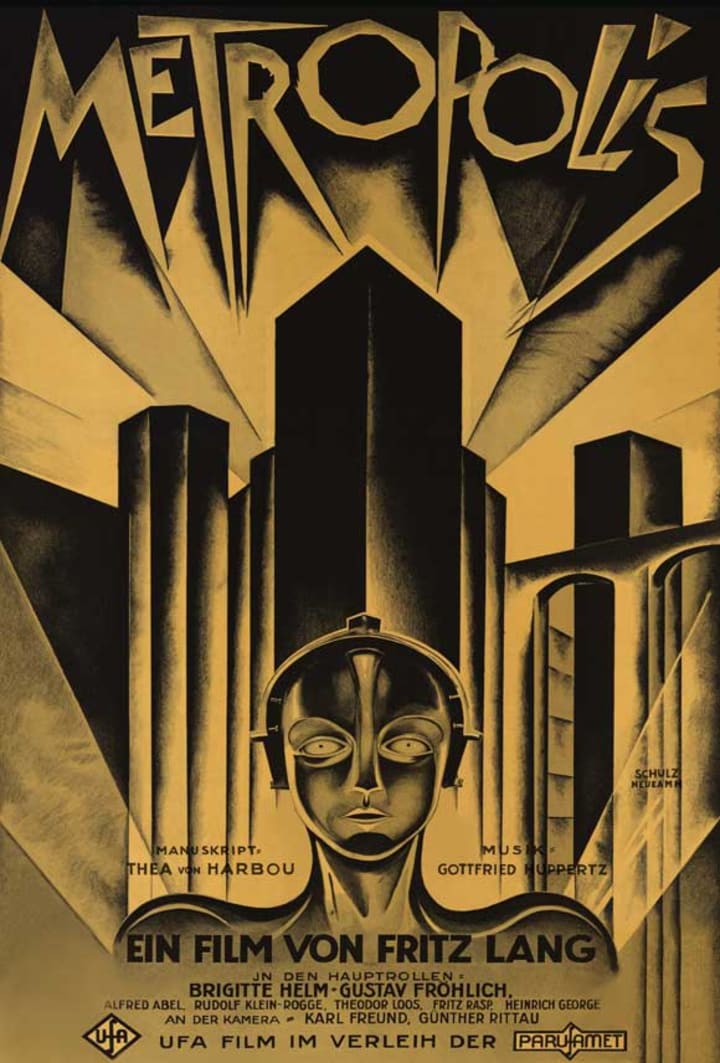
The work of Fritz Lang’s Metropolis (1927) also has a pretty influential infrastructure that is evidently seen in new renditions of Gotham City. Skyscrapers are behind more skyscrapers, people swarm by the hundreds, impacts of the Industrial Revolution pollute the city with a never-ending fog and totalitarian demagoguery. A sense of corruption that has always remained synonymous with Gotham City.
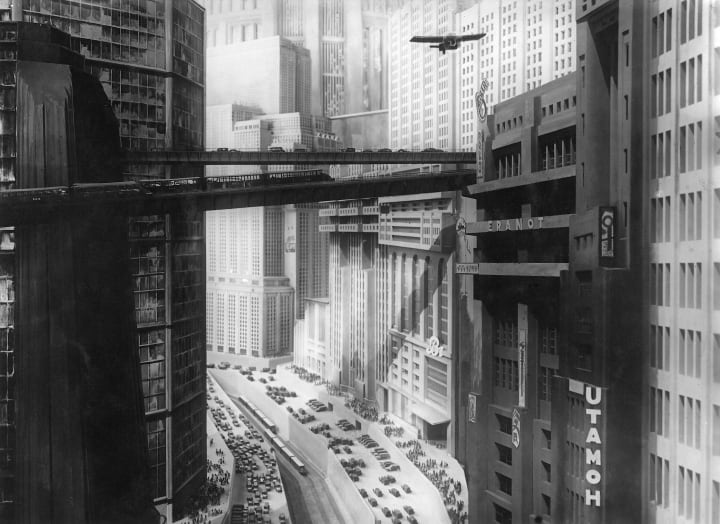
What the early Batman series and Adam West’s 1966 movie did not understand about Gotham City was its philosophical implications. It has the potential of making a man dressed as a bat who fights criminals with hundreds of thousands of dollars worth of gadgets and equipment realistic. Gotham City has no business being the plain, simplistic city that was often illustrated in the pre-Frank Miller Batman years. New interpretations of Batman’s city have become darker and grittier, sort of like if the Dark Ages were re-introduced in a modernized setting; from a story purpose, it needs to be brutal. It’s reminiscent of what New York City’s 42nd Street used to be like, becoming an axiomatic influence to Gotham City.
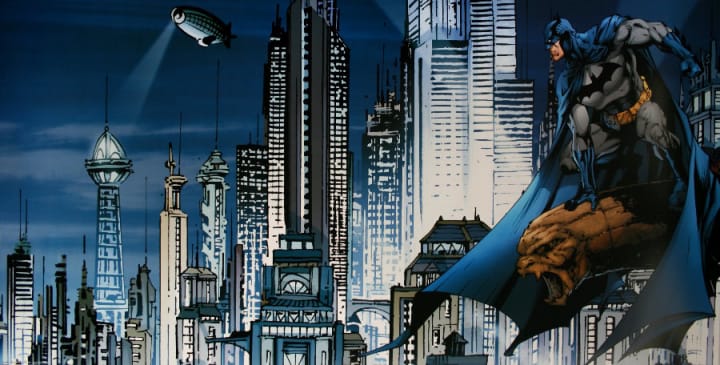
Frank Miller took a lot from 42nd Street with his rejuvenated graphic novels Batman: The Dark Knight Returns and Batman: Year One. Crime was accepted as part of society and crammed into 42nd Street—where crime and the public would collide and result in a clash that punctured the pavements. This realistic portrayal of Gotham City moved the events and actions of Batman’s life from the comic book pages and into our backyards.
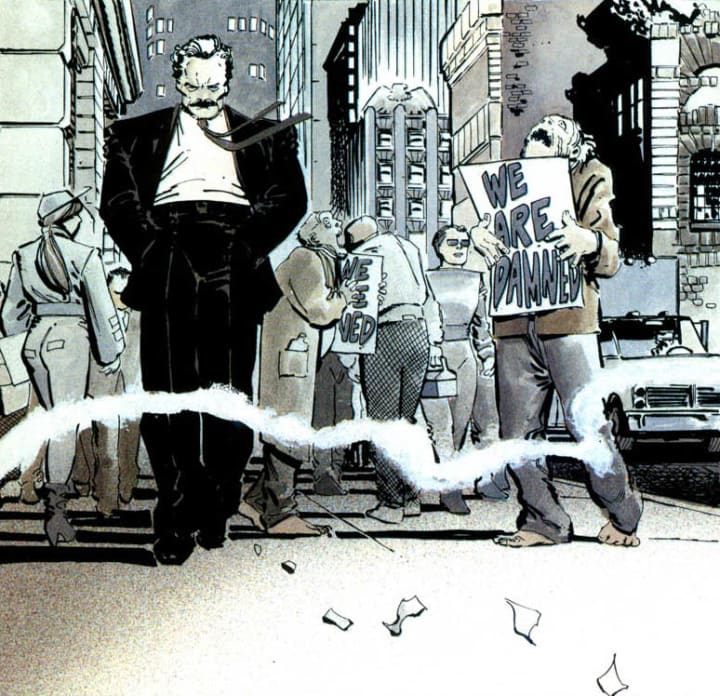
It was something that the always jovial Alan Moore expanded on with his Batman series and provided the city with a background history. Founded by mercenaries from Norway, taken by Britain, it became a significant and bloody place of battle during the American Revolutionary War.
While Christopher Nolan’s Dark Knight trilogy will always remain the best Batman adaptation, the one aspect that I felt could have been improved on more was the understated use of Gotham as a character. It was a character that Tim Burton used to his advantage in creating this whole new somberly gloomy world which Batman fit perfectly into.
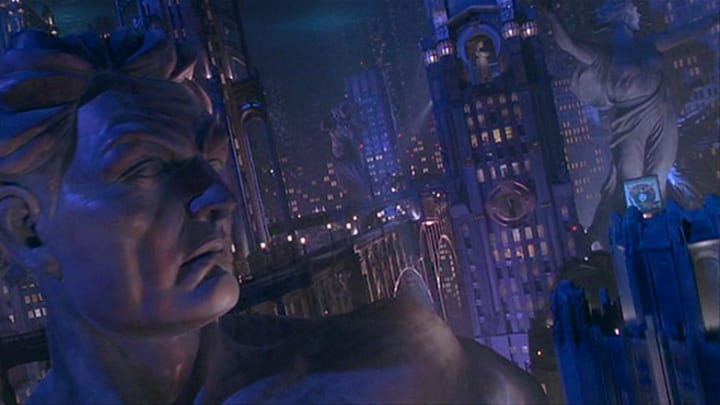
Before we continue, I have to say that (I can’t believe I am about to say this) the one thing that I felt Joel Schumacher’s Batman and Robin understood better than any other Batman movie was the overly excessive city. It was an urban place where monuments and landmarks towered beside buildings and skyscrapers; where train tracks ran through and along said monuments and skyscrapers. It was overpopulated, it was overwhelming, and it was the perfect realization of Gotham City.
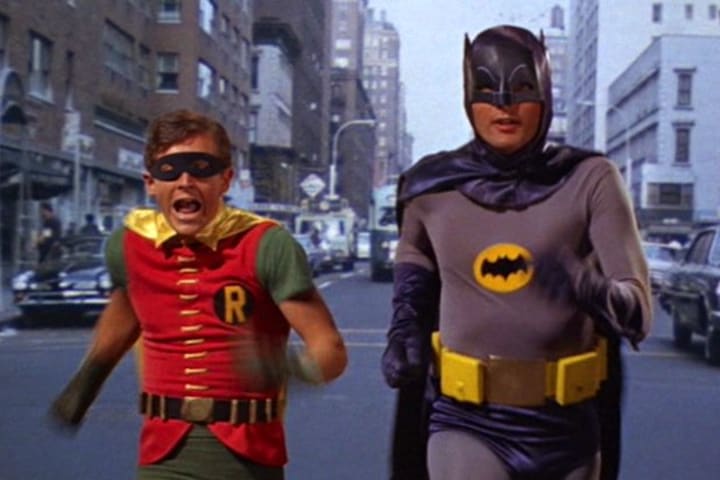
However, no matter which Batman movie you choose to side with, they all share the same constant in a sea of variables: crime. If there was no crime in Gotham City, then there would be no Batman. If the police could handle the crime level, then there would be no Batman. If Gotham City as a whole wasn’t so corrupt, then —you get what I’m saying.
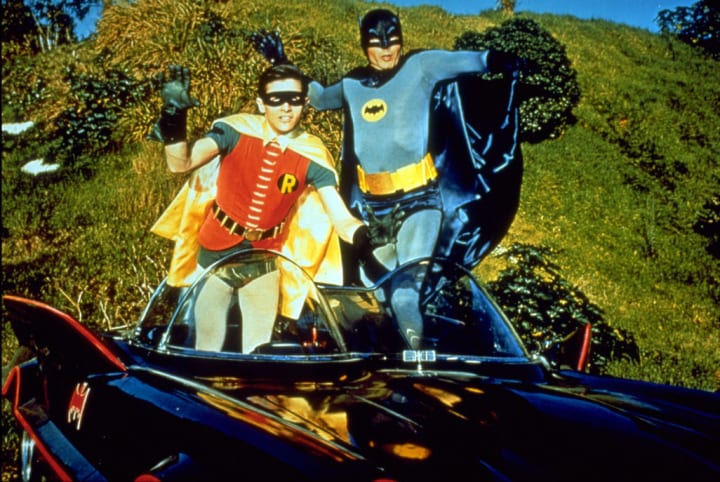
It was a city that chewed up Bruce and his parents—swallowing them whole and spitting Bruce out to revel in its unapologetic brutality. Gotham City is a character in itself because it is what gave birth to Batman. It is him that the city’s good rely on to make them feel safe.
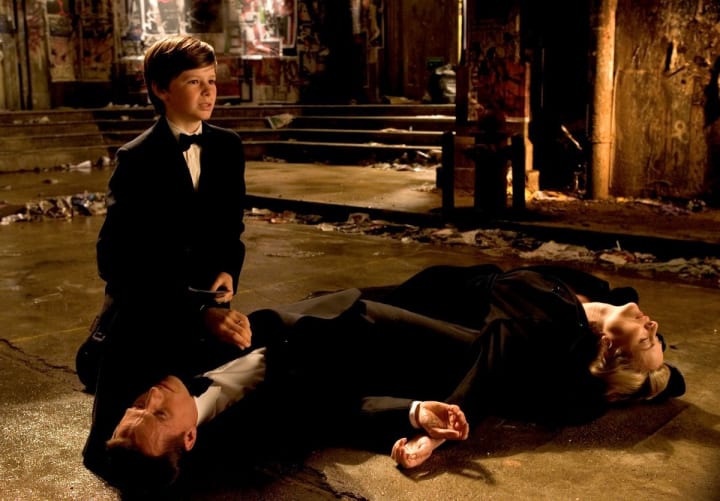
Trying to map out Gotham is no easy feat. First off, the city has changed its shape and design with every new writer and illustrator, and I would argue attempting not to figure out would actually help out with the story. The ambiguousness of Gotham City provides an aroma of unease and detrimental diseased crime — not knowing where the criminals are or where the city ends makes Gotham all the more frightening to be lost in. It is something that the Gotham TV series uses to its advantage. There is an understanding of what Gotham means and how it can serve as a main character in itself since it breeds criminals and moral obscurity.
How important is Gotham City to the Batman story arc? Let’s put it this way: Batman would be nowhere without Gotham, but Gotham will always be there, with or without the bat. Its significance defines the very character of Bruce Wayne and turned him into a dual act of billionaire and masked vigilante. As Gotham City has progressed from a standard city to one with crime ridden climates, it has only progressed the character of Bruce Wayne as well. He is not just a playboy by day and caped crusader by night anymore—he is forced to delve into his own inner turmoil with philosophical questions from principles to trauma (while also showing off his badass fighting skills!)
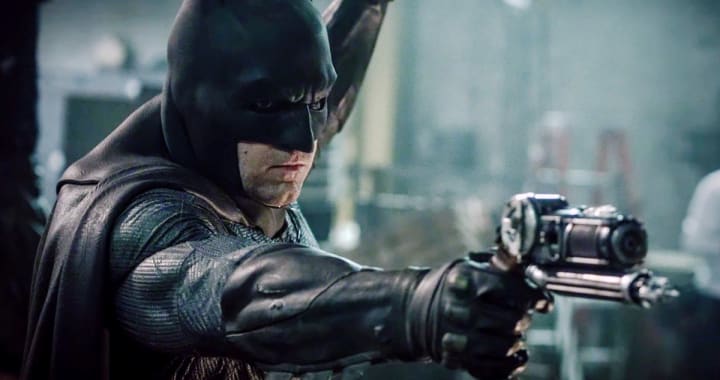
What depiction of Gotham City do you think is the best representation for the Dark Knight?
About the Creator
JMM
I'm a freelance creator and writer based in Chicago. "Don't talk unless you can improve the silence."


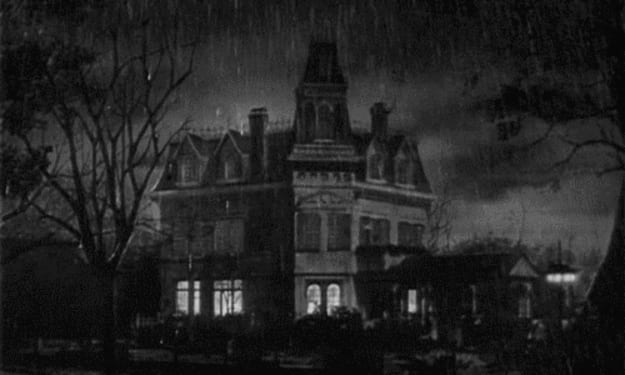



Comments
There are no comments for this story
Be the first to respond and start the conversation.